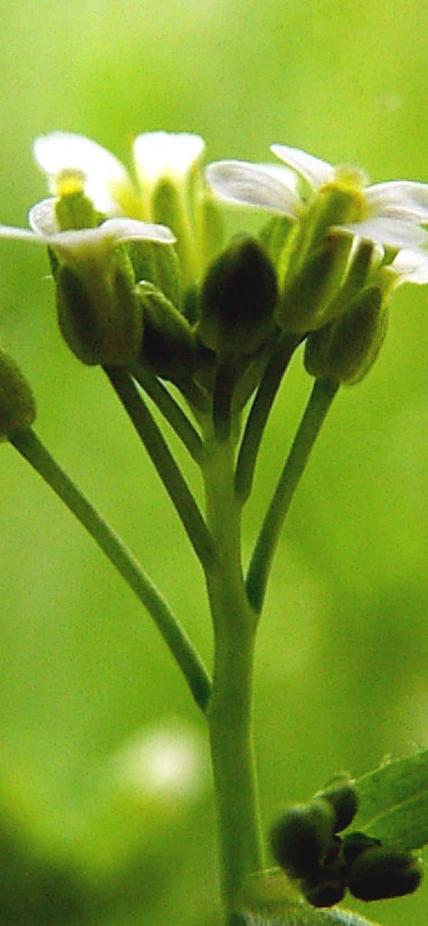Washington, D.C.—The pervasive plant fiber cellulose, which makes up cell walls, represents most of the biomass on Earth and is used to create everything from textiles and building materials, to renewable biofuels. Primary cell walls determine the shape of the plant, while secondary cell walls—most of the cellulose—are laid down later to strengthen the structure and vascular system that transports water and nutrients.
Now scientists, including Carnegie’s David Ehrhardt and Heather Cartwright, have exploited a new way to watch the trafficking of the proteins that make cellulose in the formation of cell walls in real time. They found that organization of this trafficking by structural proteins called microtubules, combined with the high density and rapid rate of these cellulose producing enzymes explains how thick and high strength secondary walls are built. This basic knowledge helps us understand how plants can stand upright, which was essential for the move of plants from the sea to the land, and may useful for engineering plants with improved mechanical properties to increase yields or to produce novel bio-materials. The research is published in Science.
The live-cell imaging was conducted at Carnegie with colleagues from the University of British Columbia (UBC) using customized high-end instrumentation. For the first time, it directly tracked cellulose production to observe how xylem cells, cells that transport water and some nutrients, make cellulose for their secondary cell walls. Strong walls are based on a high density of enzymes that catalyze the synthesis of cellulose (called cellulose synthase enzymes) and their rapid movement across the xylem cell surface.
Watching xylem cells lay down cellulose in real time has not been possible before, because the vascular tissues of plants are hidden inside the plant body. Lead author Yoichiro Watanabe of UBC applied a system developed by colleagues at the Nara Institute of Science and Technology to trick plants into making xylem cells on their surface. The researchers fluorescently tagged a cellulose synthase enzyme of the experimental plant Arabidopsis to track the activity using high-end microscopes.
“For me, one of the most exciting aspects of this study was being able to observe how the microtubule cytoskeleton was actively directing the synthesis of the new cell walls at the level of individual enzymes. We can guess how a complex cellular process works from static snapshots, which is what we usually have had to work from in biology, but you can’t really understand the process until you can see it in action,” remarked Ehrhardt.
